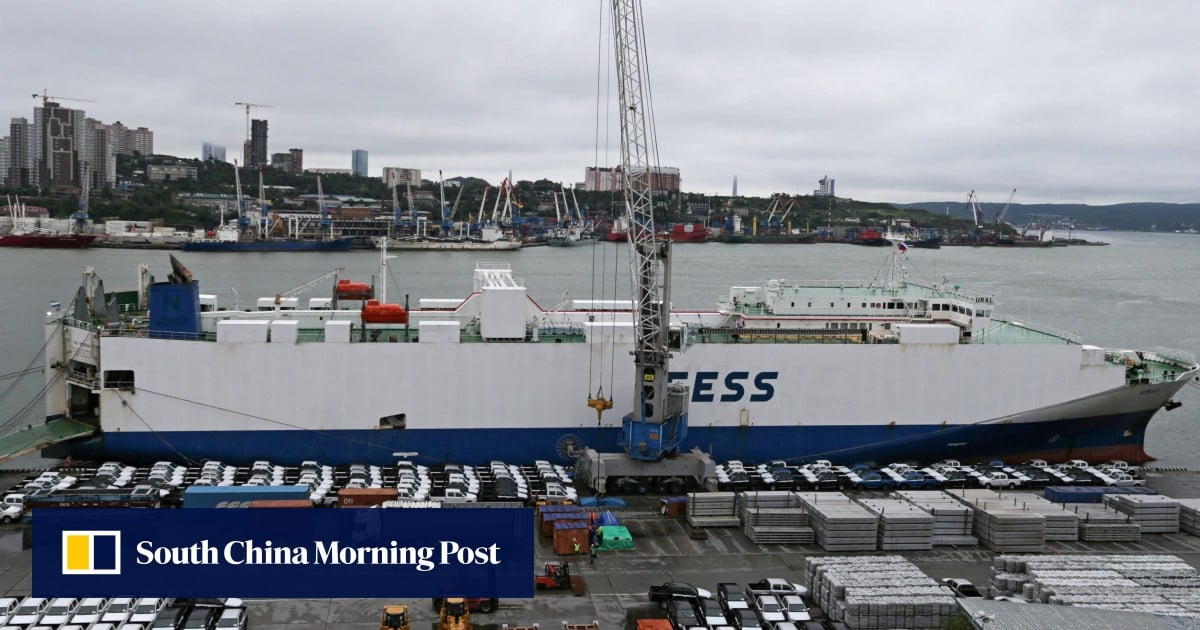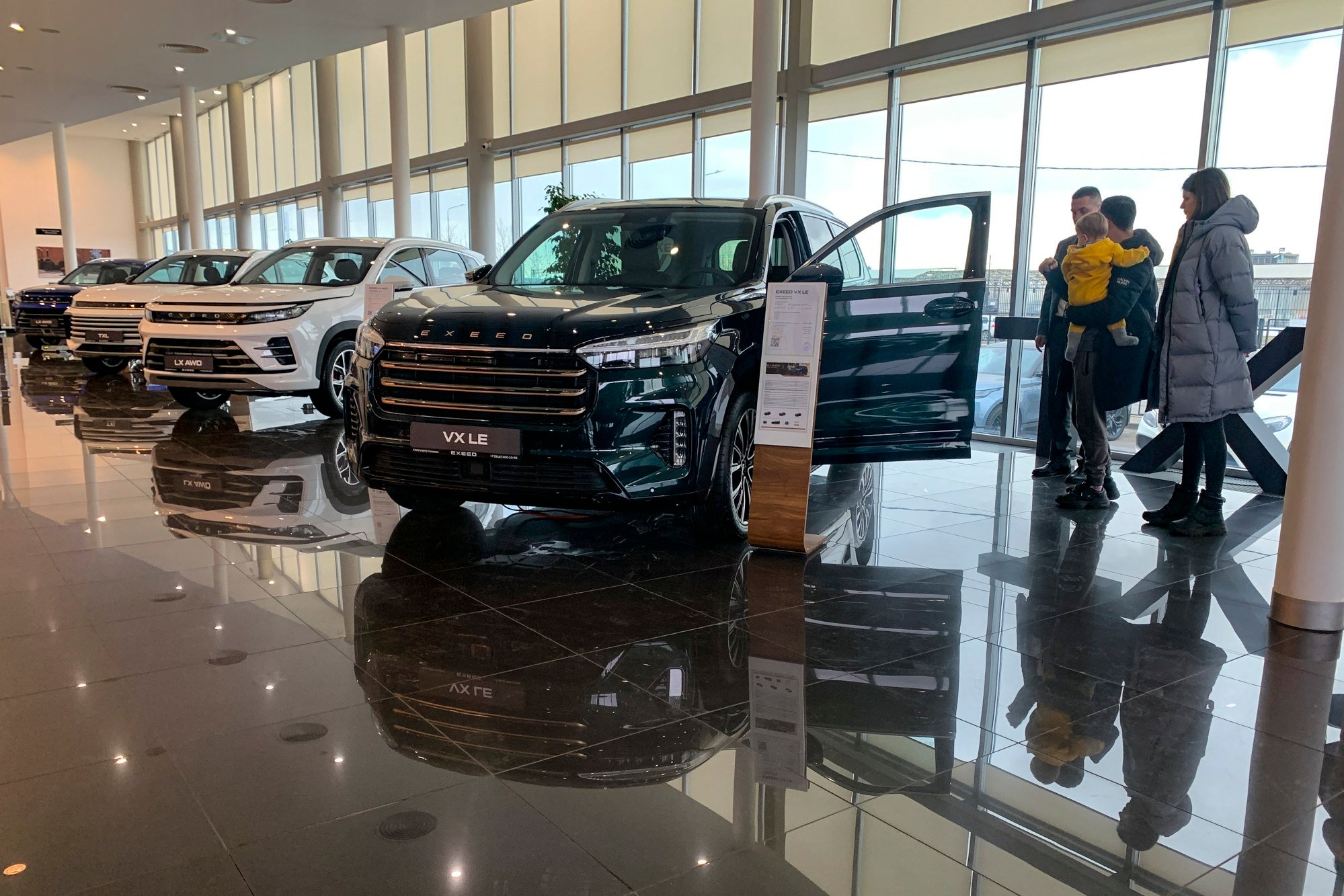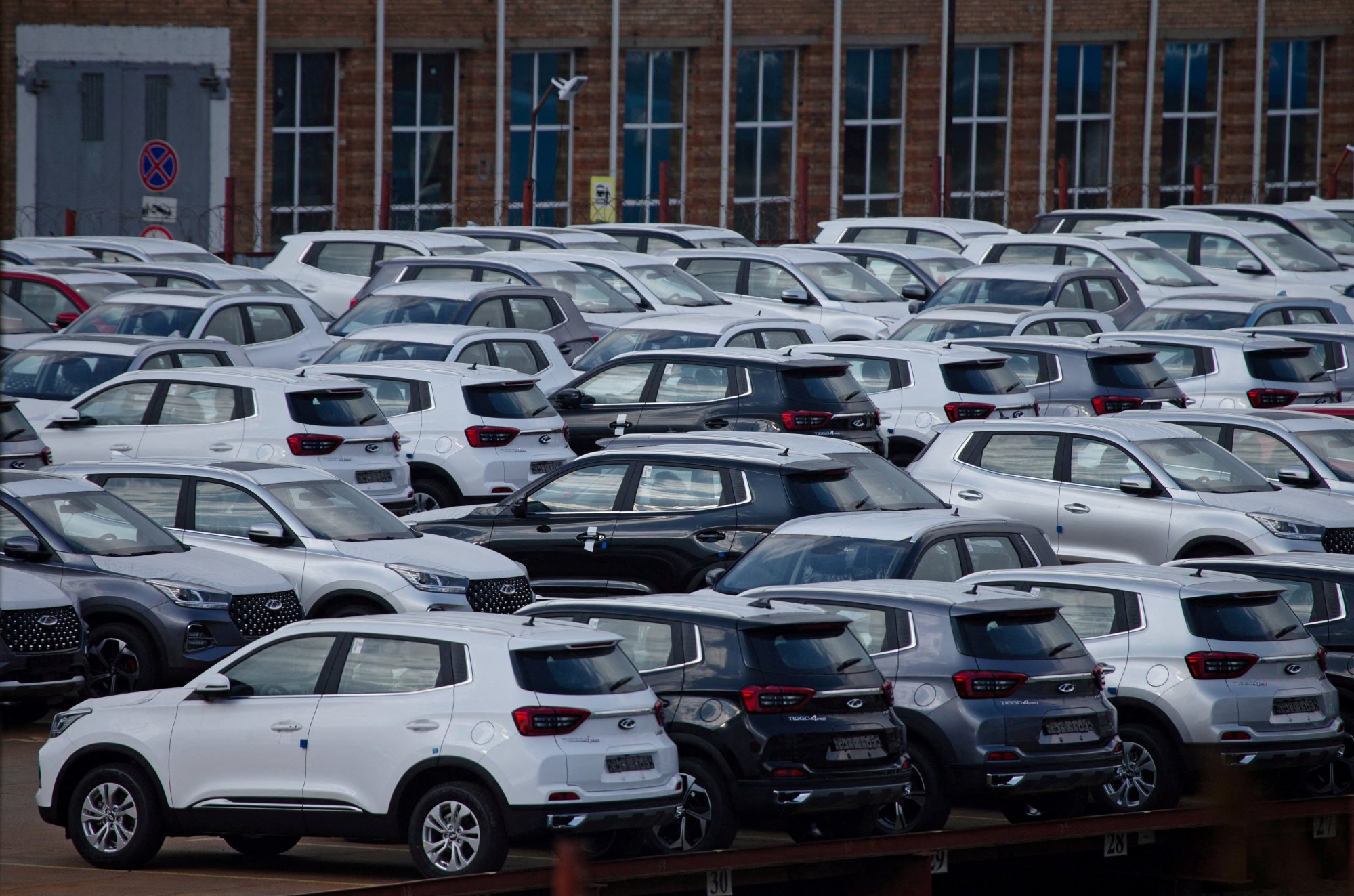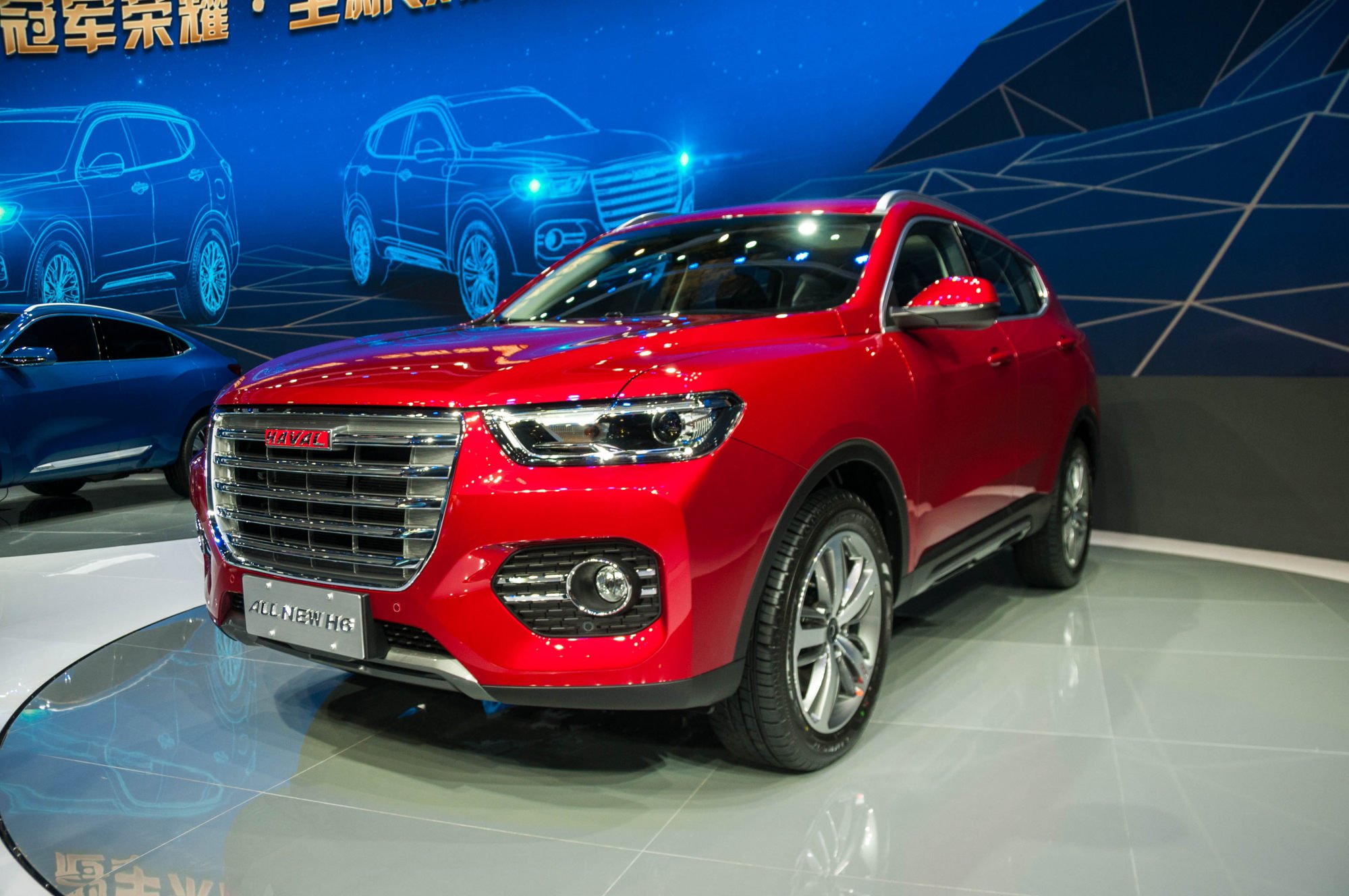
22 Mar Russia’s car tycoons look to China for a lifeline to restart production in bid to nurture Europe’s biggest vehicle market
“I have a feeling they overestimated a bit their capabilities,” Sergey Burgazliev, a Russian-based independent consultant with more than 20 years of experience in the auto industry, said about the assets Art-Finance and Avtodom bought. For Chinese carmakers, exporting finished vehicles from the Asian nation is more profitable than building them in Russia, and Moscow would need to give them special benefits to attract them, he explained.

The Russian Industry and Trade Ministry did not respond to questions from Bloomberg News.
The deals are a stark example of how asset ownership is shifting across Russia, where the business landscape has been radically reshaped by the retreat of foreign companies following Ukraine invasion and sweeping sanctions by Western nations. As more established billionaires are sidelined by the penalties, some local entrepreneurs are taking their chance by buying assets on the cheap.

Pavlovich started selling autos imported to Russia in 1992. He later spent almost two decades as the head of dealer Avilon Group, a local vendor of luxury cars including Rolls-Royce and Bentley co-founded by Alexander Varshavsky – whose name emerged in 2017 in an investigation disclosing Avilon’s business ties to Russian law-enforcement agencies. The dealer’s press office said Varshavsky was never linked to any law-enforcement agencies.
Olkhovsky began as a metals trader in the 1990s in a city in Siberia. He turned to the car showroom business in 2013 and became a director at Avtodom in 2019.
While the amount Pavlovich and Olkhovsky spent for their assets is unknown, it’s believed to be puny relative to the billions of dollars they were worth before the war.
What will it take for global battery makers to catch up with China’s lead?
What will it take for global battery makers to catch up with China’s lead?
Whatever the discount, the outlook on their investments is uncertain.
Pavlovich’s Art-Finance, which operates in the country as AGR Automotive Group, said in a statement last month that it resumed the production of Solaris cars at a former Hyundai facility, without disclosing how many it will assemble this year. Pavlovich declined to comment for this story through a representative.
Avtodom, for its part, is looking to attract a partner from China to restart its prior Mercedes-Benz plant, but its relatively small size makes it hard to build cost-effective vehicles for the masses, Olkhovsky said.
What is China’s perfect EV? It needs brains and brawn to start with
What is China’s perfect EV? It needs brains and brawn to start with
“The local market will not be the most important for them,” he wrote in an email, referring to Chinese companies, explaining their market back home comes first for them. Yet after examining Russia’s production facilities last year, he expects them to partner for joint projects or contract assembly on all sites by 2025.
Other plants have resumed slowly. The one run by the Moscow government – which Renault SA sold after Ukraine invasion – has revived production of the Soviet-era brand Moskvich using parts from China’s JAC Motors. It’s currently seeking another Chinese partner, local media reported this month. Avtotor, the operator of a facility that assembled Hyundai and BMW vehicles, is making BAIC and Kaiyi autos.
But for both, production last year was about one-fifth or less of its full capacity. The Chinese companies, which did not reply to requests for comment for this story, are only using the plants for assembly, rather than investing in Russia.

Great Wall Motor’s Haval is the only Chinese carmaker that has a factory in Russia, in a town some 180 kilometres (112 miles) south of Moscow. The plant, which makes SUVs and crossover models, opened in 2019 after US$500 million in investments and doubled output to about 100,000 vehicles last year, taking almost 11 per cent of the Russian car market in sales, according to analytics firm Autostat. This month, it started a new facility nearby building engines.
Another clear beneficiary is state-backed AvtoVAZ. Thanks to continued government subsidies, last year it produced about 374,000 Ladas – a brand that dates back to the Soviet Union and was the object of endless jokes about its unreliability and delivery delays. That was the most autos in a decade.
While car sales rose in 2023, the Association of European Businesses said it’ll take time to restart all the idle plants. The government is creating a new auto cluster to revive local manufacturing, but the Bank of Russia estimates the process to return to full production is likely to last until 2027, according to a report this month.
“Further growth in passenger car production in Russia will be linked to the development of the domestic automotive industry and an increase in contract assembly of brands from friendly countries at domestic plants,” the report said. Yet the risk of secondary sanctions for foreign firms and relatively small Russian auto market may limit its expansion, it added.
